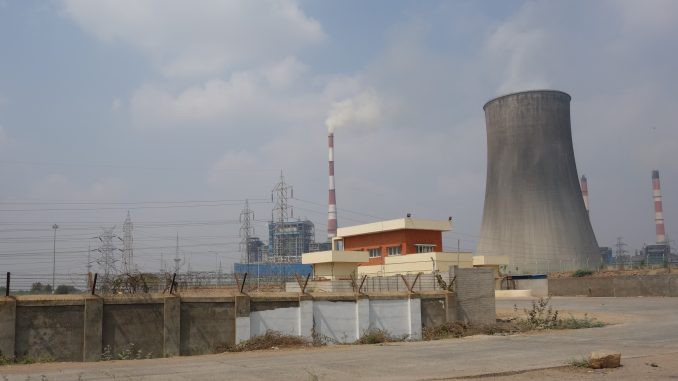
After a short break, we’re back with a combined monthly post for both coal and power data, and a new format for charts. We hope these prove helpful and more readable. Made with Datawrapper, the charts allow users to hover over the data and examine each item more closely, and also make sharing with others simpler.
While authoritative data from the CEA is used where available, some of these reports experience significant delays. We have developed a set of regression equations using the latest POSOCO data to estimate the corresponding CEA values for the latest month(s) if not yet available. With correlations of .99 or better based on historical data these should have good accuracy and provide a more timely snapshot of generation trends. Each will be progressively replaced with the CEA data when available.
JUNE 4 update: The CEA’s April data is now out and the chart updated accordingly. Confirming the accuracy of our estimates, the error for thermal generation was 0.03% (67.62 TWh estimated vs CEA’s 67.64 TWh, and 0.07% for total generation (including renewables) at 92.23 TWh vs CEA’s 92.17 TWh. Our estimates for hydro and nuclear were larger at 3% and 6.5% respectively, but their lower share of generation meant that the overall generation estimate remained very low, and we will continue to use these estimates when CEA figures are delayed).
Our commentary on these trends can be found after the last of the charts.
Coal production comes under the crunch
The effects of India’s COVID-19 lockdown have exacerbated the trends that emerged in October last year. The widely reported decline in electricity demand and generation has been borne entirely by coal. While May showed a steady recovery in demand from the extreme drops seen in April, this is still partial, and the non-coal sources have benefited disproportionately in meeting it.
Not only has coal use for power dropped precipitously, taking the 12 month average consumption back to 2018 levels, production, though decreased, is outstripping dispatch.
One consequence of these changes is record-breaking coal stockpiles, touching a combined 130 MT when power plant and pithead stocks are combined, and not yet falling. A ramification of this is that as demand heads back to earlier levels, less coal will need to be produced than normal in order to meet it. Coal India’s ambition to boost production, except for import substitution, will hit up against a barrier in the form of record stockpiles and weak demand.
ET Energyworld quote a senior CCL executive as saying that: “CCL is sitting on a large pile of coal stock and we have time till May only as the coal will catch fire in June. The moisture with the onset of monsoon season makes coal more vulnerable to degrade and catch fire.” June is now here, and there have yet to be reports of any such incidents. But unless the non-power sector can lift a lot more coal than normal, trying for even more production could look increasingly problematic.

Be the first to comment